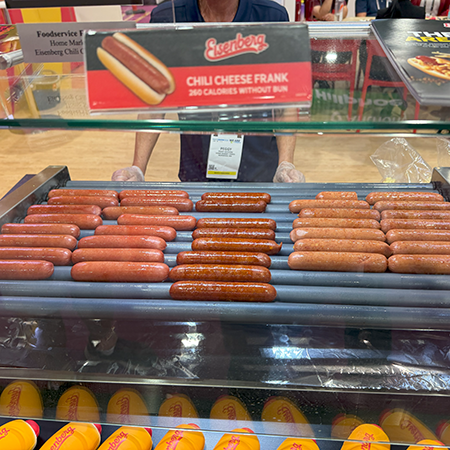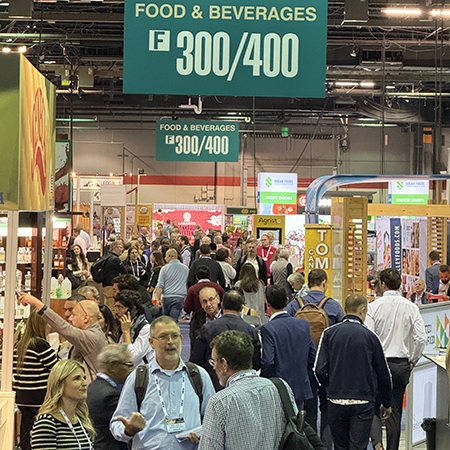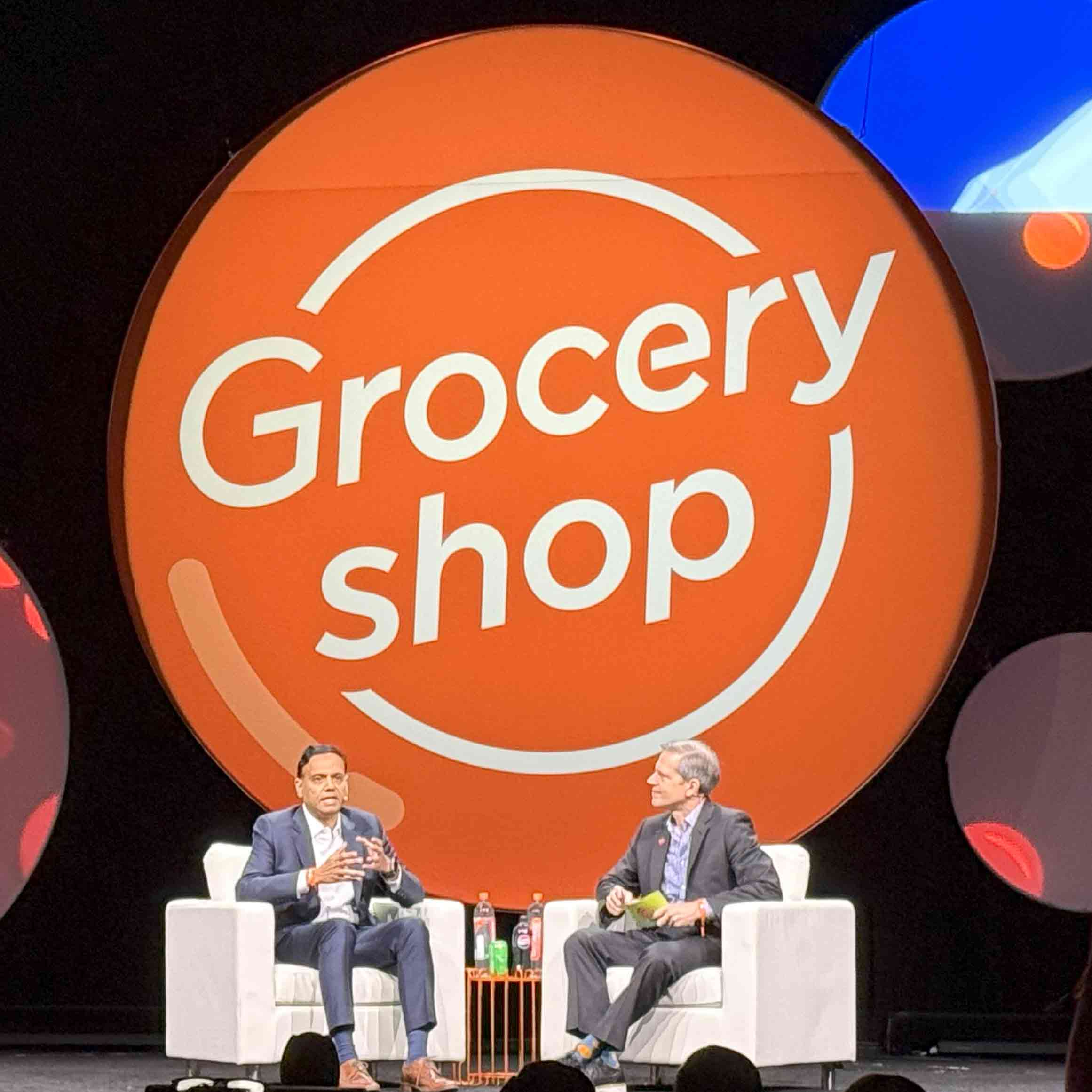
National Restaurant Association Show 2023 – The Evolving Foodservice Industry
The National Restaurant Association Show in Chicago in May drew 55,000 attendees to the McCormick center to see all of the latest trends in Foodservice operations. Attendance was up 8% over last year as foodservice fully bounced back from covid and operators sought new solutions to old problems (labor shortage). The show demonstrates how consumer expectations of foodservice have shifted during the pandemic. The focus of the show has shifted from a food trends and equipment innovations to technology and robotics, highlighting that operators are no longer looking for a new main dish ideas to satisfy consumers, but are instead seeking flashy new ordering technology, or robotics to reduce labor cost, to appeal to consumers with cheap prices and ease of interaction.
Here are some of the top trends we observed while on location at this year’s show.
Labor Reduction Strategies
The labor shortage is heavily impacting the Foodservice industry and labor reduction was a through line throughout the show. Every type of supplier had a labor reduction feature or product to ensure operators can continue to operate with fewer employees. Equipment suppliers had new features that simplified kitchen processes to reduce labor inputs. From chopped ingredients to fully ready-to-heat options, food suppliers had value-added ingredients to reduce prep. Robotics manufacturers literally replaced the people in the kitchen with robots, and tech companies had solutions to replace skilled office labor. Even the outdoor furniture sales teams had solutions that raised/lowered umbrellas and vacuums to clean the patio to reduce labor needs. Every operator was faced with the decision to pay a bit more for something to save money in labor later.



Kitchen Robots
Robotic arms were everywhere. They replaced many of the thankless, dangerous, or messy jobs that are difficult to hire for. Examples included fryer technician or grill cook. Each arm moved fluidly and effectively to keep these tasks going at a constant pace. The robots helped to reduce the congestion and number of people in a kitchen space, reduce sound pollution (no alarms are needed to tell the robot cooking has completed, they have built in timers), and improve consistency (they are never distracted).
We found it odd that none of the manufacturers reimagined a fry operation or grill operation for an environment that no longer required a human. Instead, they added a mechanical arm that operated the same way a human arm and body would. This also had the impact of not increasing the throughput of the kitchen. Fry baskets were still filled one by one and burgers were laid on the grill one-at-a-time. We’ll have to check back next year to see if the foodservice kitchen of the future gets completely redesigned.





A Technological Solution to Everything
This year’s show was dominated by tech solutions for foodservice operators. In the past, this section was dominated by a few large POS (Point of Sale) and delivery companies. Now there are tech solutions for scheduling, hiring, procurement, cloud-based inventory management, marketing, menu design, and more. It felt like any or every aspect of a foodservice operation could be outsourced to a technology provider. We’ve entered a time where an operator can identify functions that they don’t excel in and utilize technology to improve.



The Heinz Condiment Dispenser
Heinz took the idea of a Coke Freestyle machine (https://www.coca-colafreestyle.com/) and shifted it to condiments. The machine is loaded with ketchup, ranch, BBQ, and Heinz 57. Customers select their mix of the sauces on a touch screen, then add mix-ins such as jalapeno, buffalo, chipotle, etc. to create a custom dipping sauce for their QSR and Fast Casual favorite. So, if you want a 50/50 mix of BBQ and ketchup with a splash of buffalo, you just type it in a shove your cup under the spigot.
As QSR restaurants reallocate space from their dine-in experience to take out (Will the Fast-Food Dining Room Live On After COVID?) it will be interesting to see how this technology is integrated into the takeout and drive-thru experience.

In Conclusion
In the last five years, this show has shifted from primarily exhibiting food and equipment to primarily exhibiting technology and robotics with food and equipment as a secondary highlight. This channel, more than any other, has been bombarded with change at a pace that is difficult for anyone to keep up with. Operators facing razor thin margins and fickle consumers are confused by where to place their investments, how to measure the ROI, and how to assess next steps. The price tag of many of these innovations, coupled with difficult borrowing conditions, have even made these decisions difficult for large national operators as well.
Consumer demands for ease, simplicity, and speed have reached a pinnacle, and recent innovations have helped operators satisfy many of these demands. It feels like tech innovation will hit a point of diminishing returns soon, shifting innovation back to the hands of the operator and their ability to create new foods that consumers seek to eat.

Engaging Discussions Enable Confident Decisions™
When you’re busy with the daily demands of your job, it’s easy to overlook the opportunities that will drive long-term growth. When you become a member of a Drive Wheel peer group, you can identify new strategies, reduce risk, and make confident decisions that will grow your business faster and more strategically.
We host two-day in-person meetings twice a year where leaders discuss their new strategies, innovation plans, and business challenges to get feedback from their peers. Members leave the meeting knowing they have thought about their idea from every angle. Between meetings, we conduct benchmarking studies and weekly news roundups to keep our members informed about changes in the industry.






